
Introduction: The Museum of Cairo
The Museum of Cairo, located in the vibrant city of Cairo, is an esteemed institution dedicated to preserving and showcasing Egypt’s extraordinary cultural heritage The Museum of Cairo,. With its vast collection of artefacts spanning thousands of years, the museum offers visitors a captivating journey through Egypt’s ancient past. This article serves as an immersive exploration of highlighting its historical significance, notable exhibits, and the invaluable role it plays in promoting cultural understanding .
Table of Contents: The Museum of Cairo
- History of the Museum of Cairo
- Architectural Marvels
- The Ancient Egyptian Gallery
- The Greco-Roman Collection
- Islamic Art and Culture
- Modern Egyptian Art
- Educational Initiatives
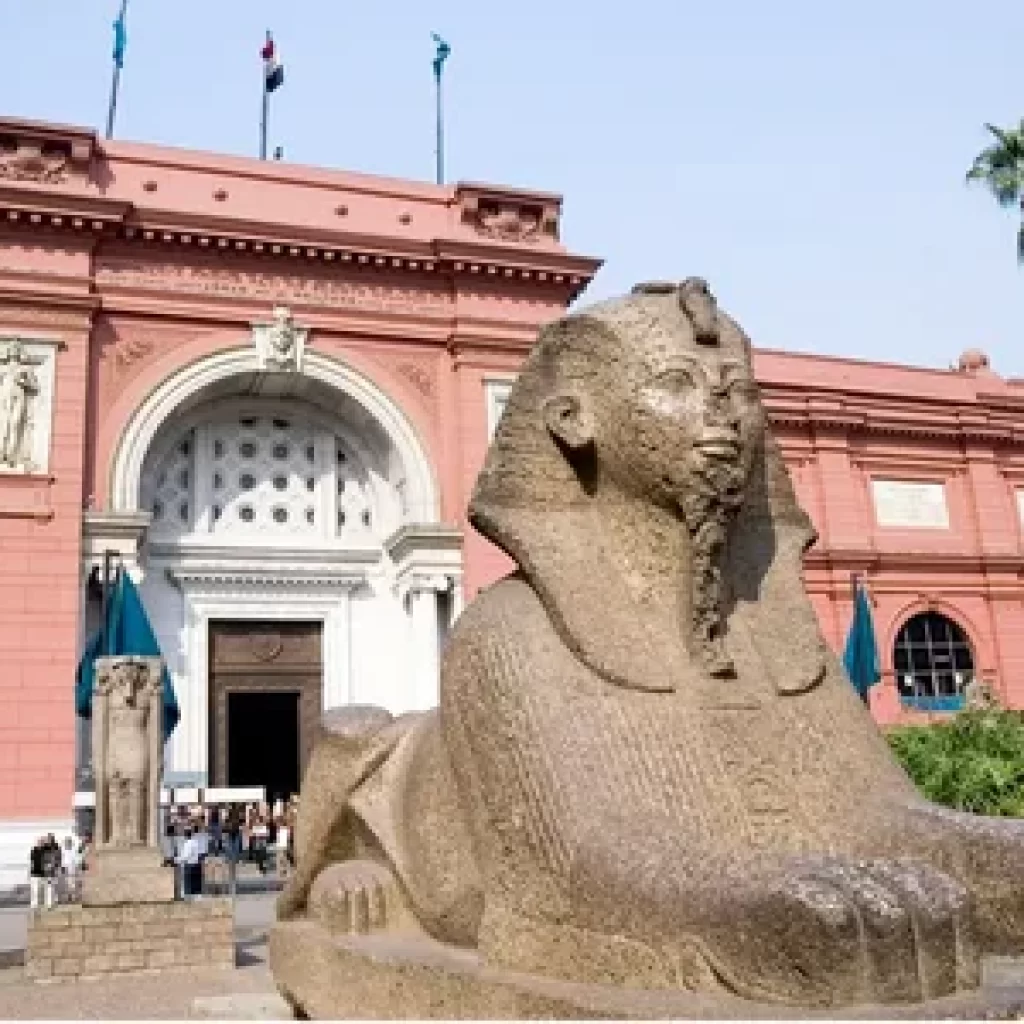
1. History of The Museum of Cairo
The Museum was established in 1858, making it one of the oldest museums in Egypt. Originally known as the Egyptian Antiquities Museum, it was founded by the French archaeologist Auguste Mariette, who aimed to protect and preserve Egypt’s vast archaeological treasures. Over the years, the museum has undergone expansions and renovations to accommodate its growing collection and enhance the visitor experience.
2. Architectural Marvels
The museum’s architecture is a splendid fusion of neoclassical and Islamic styles, reflecting the rich cultural heritage of Egypt. Its grand façade features intricate carvings, majestic domes, and elegant archways, captivating visitors before they even step inside. The museum’s interior boasts spacious halls, ornate pillars, and natural lighting, creating a serene ambiance that complements the displayed artifacts.
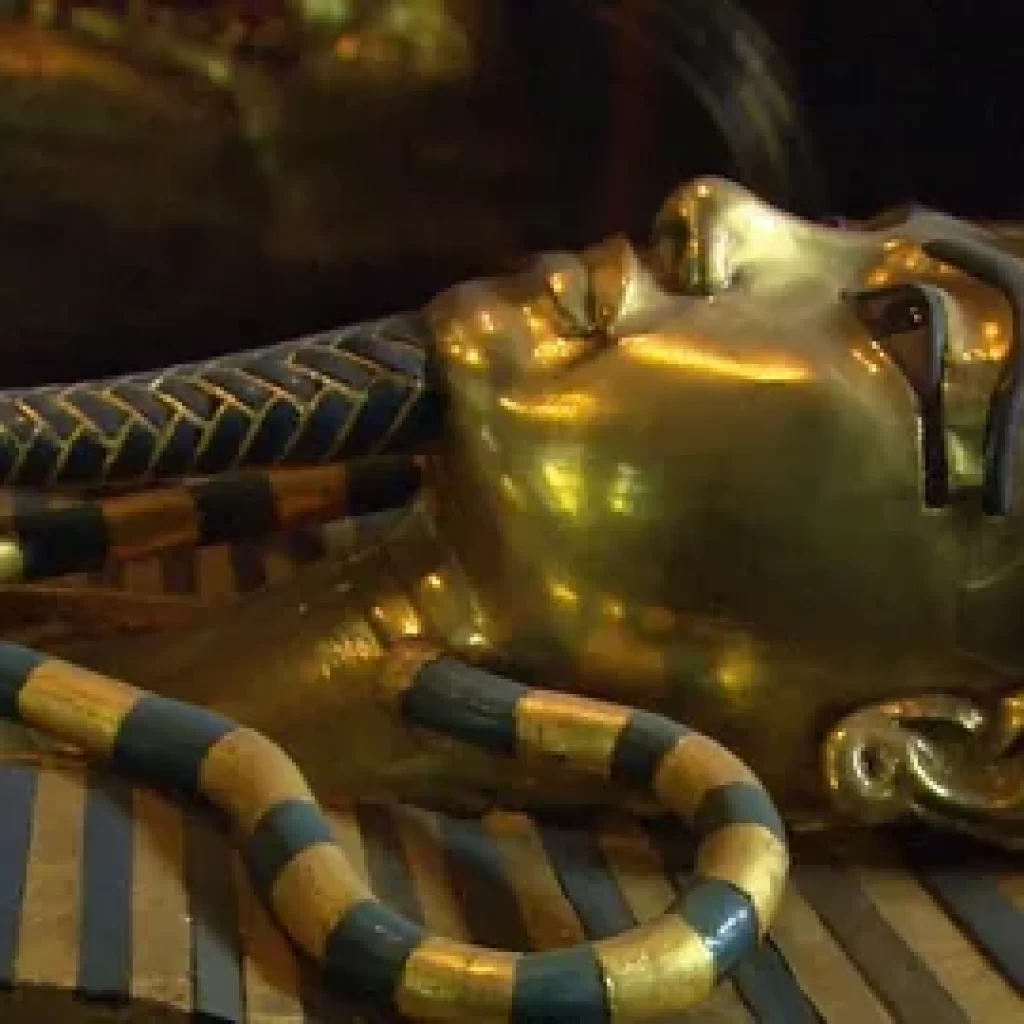
3. The Ancient Egyptian Gallery
The Ancient Egyptian Gallery is the centerpiece of the Museum of Cairo, housing a vast array of artifacts from the Pharaonic period. Visitors are immersed in the magnificence of ancient Egypt as they explore statues of pharaohs, intricate hieroglyphics, royal jewelry, and meticulously crafted funerary objects. This section provides a fascinating glimpse into the daily life, religious beliefs, and technological advancements of the ancient Egyptians.
4. The Greco-Roman Collection
Egypt’s rich history extends beyond the Pharaonic era, and the Museum of Cairo’s Greco-Roman Collection beautifully showcases this unique period. Visitors can marvel at statues of Greek and Roman gods, intricately carved sarcophagi, and exquisite pottery. The collection highlights the cultural exchange between Egypt and the Hellenistic and Roman civilizations, offering insights into the artistic and intellectual fusion of these eras.
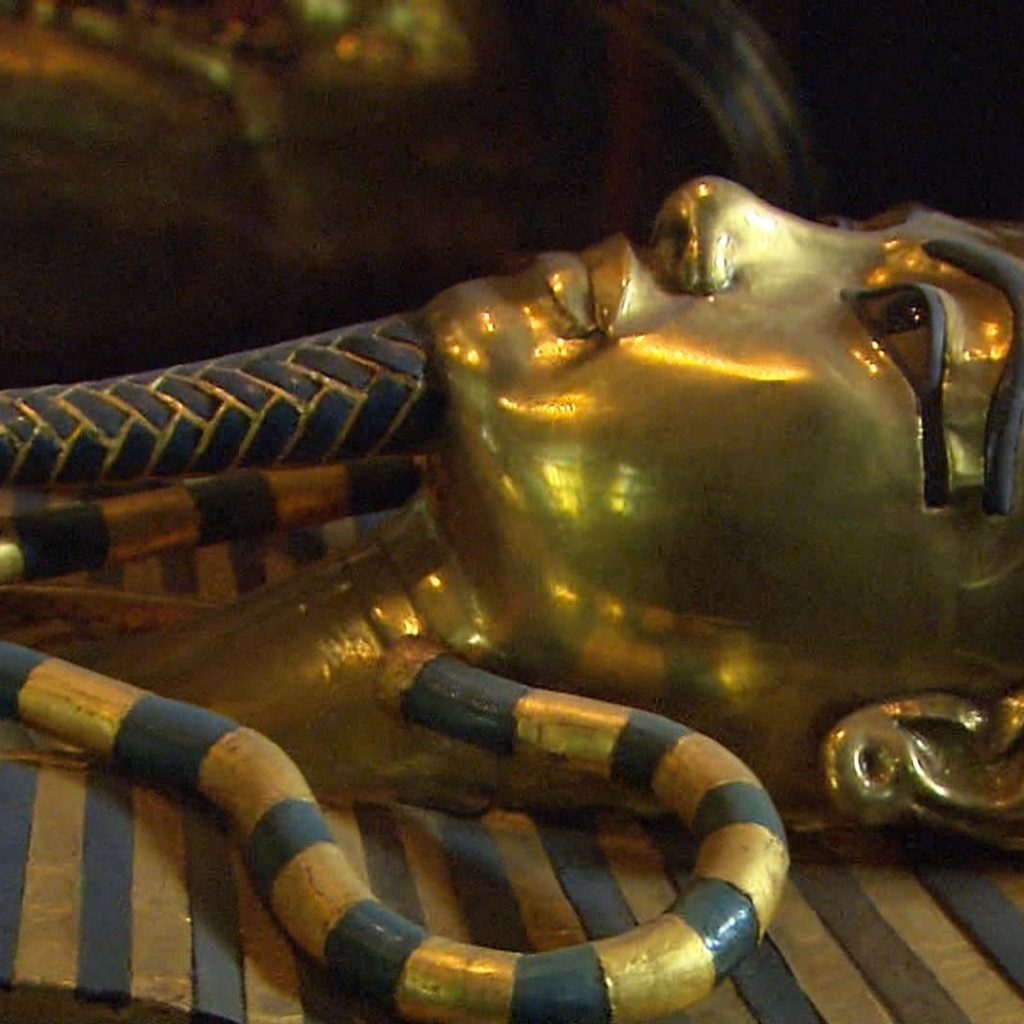
5. Islamic Art and Culture
The Museum of Cairo also houses a remarkable collection of Islamic art and artefacts, reflecting the profound influence of Islamic culture on Egypt. Intricately designed pottery, exquisite calligraphy, stunning metalwork, and delicate textiles are among the treasures on display. This section allows visitors to appreciate the beauty and richness of Islamic art while gaining a deeper understanding of Egypt’s Islamic heritage.
6. Modern Egyptian Art
In addition to its ancient treasures, it celebrates modern Egyptian art. This section exhibits works by renowned Egyptian artists, showcasing the country’s vibrant contemporary artistic expressions. From paintings and sculptures to multimedia installations, visitors can witness the evolution and diversity of Egypt’s art scene, bridging the gap between the past and the present.
7. Educational Initiatives
Cairo is committed to education and public engagement. It offers various educational initiatives, including guided tours, workshops, and lectures, catering to visitors of all ages. These programs aim to foster a deeper appreciation for Egypt’s cultural heritage, promote intercultural dialogue, and inspire future generations to become custodians of their heritage.
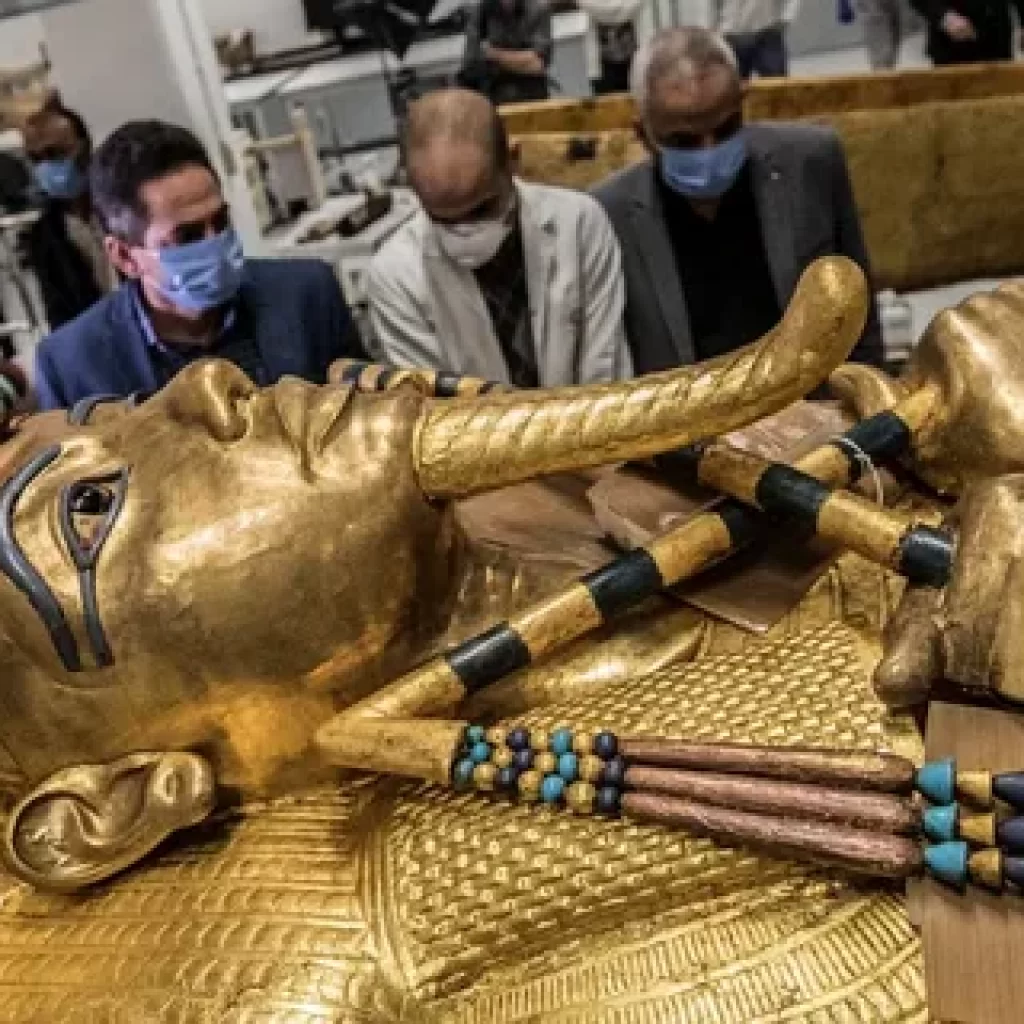
Conclusion: The Museum of Cairo
Cairo stands as a testament to Egypt’s rich and diverse heritage. With its vast collection of artifacts spanning multiple eras, the museum provides an immersive experience that transports visitors through time. From ancient Egyptian marvels to Islamic treasures and contemporary art, the museum encapsulates the essence of Egypt’s cultural legacy. By preserving, exhibiting, and educating, the Museum of Cairo ensures that this heritage continues to inspire awe and appreciation for generations to come.
FAQs: The Museum of Cairo
- Q: When was the Museum of Cairo established?
A: The Museum was established in 1858. - Q: What is the architectural style of the museum?
A: The museum showcases a fusion of neoclassical and Islamic architectural styles. - Q: What can visitors expect to see in the Ancient Egyptian Gallery?
A: The Ancient Egyptian Gallery houses statues, hieroglyphics, jewelry, and funerary objects from the Pharaonic period. - Q: What does the Greco-Roman Collection feature?
A: The Greco-Roman Collection exhibits artifacts from the Hellenistic and Roman civilizations, showcasing statues, sarcophagi, and pottery. - Q: What does the Islamic Art and Culture section encompass?
A: The Islamic Art and Culture section displays pottery, calligraphy, metalwork, and textiles representingIslamic artistic traditions. - Q: Does the Museum of Cairo feature modern Egyptian art?
A: Yes, the museum showcases contemporary Egyptian art, including paintings, sculptures, and multimedia installations. - Q: What educational initiatives are offered by the Museum of Cairo?
A: The museum provides guided tours, workshops, and lectures to educate visitors about Egypt’s cultural heritage and foster appreciation for art and history.

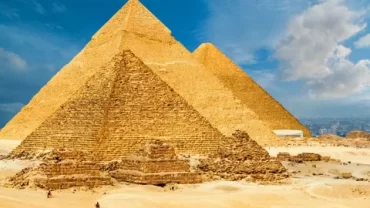



Comment (0)